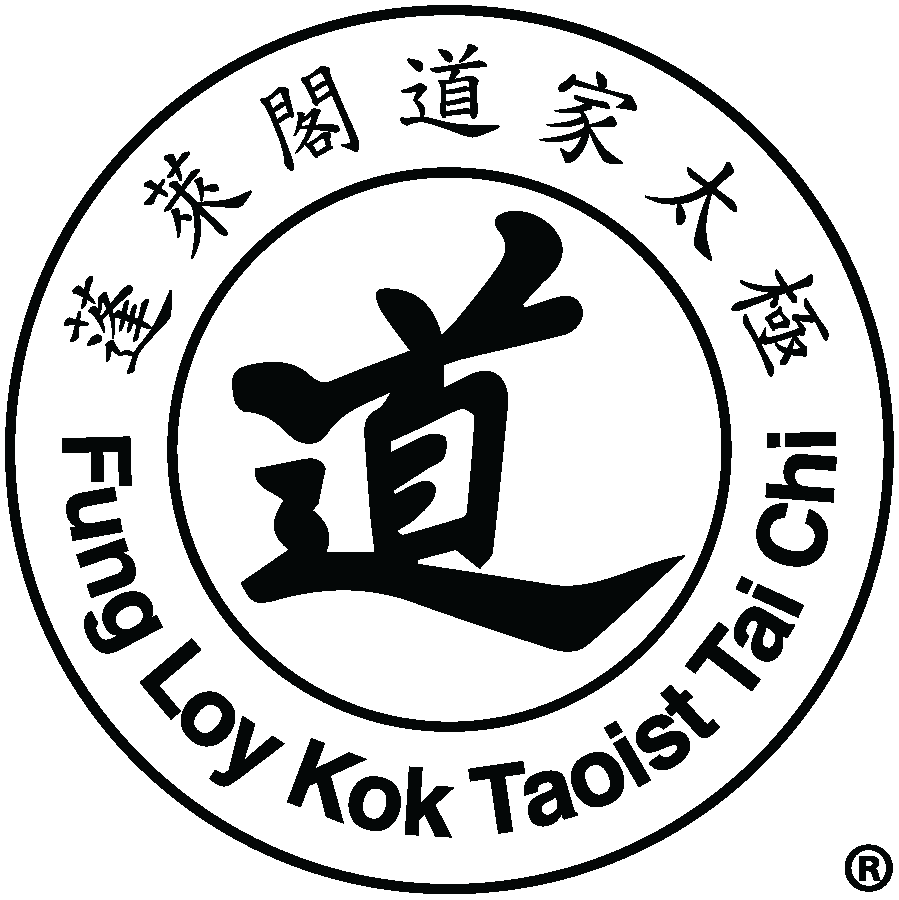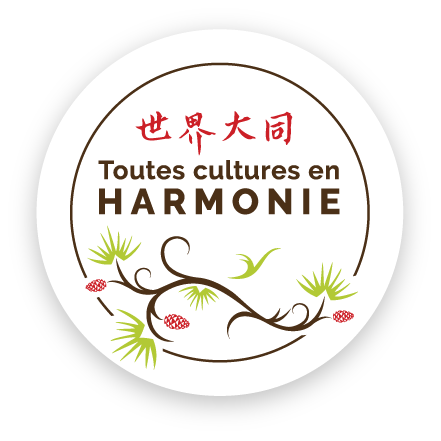Blogue de la Bouche du tigre: Notes on Anatomy and Physiology: The Elbow-Forearm Complex
In practicing our art, one of the things we discover is the steady rhythm of the body as it turns up and then down. Surprisingly, we also learn that attending to the placement of the hand and elbow helps us acquire that rhythm.
We will focus today on the elbow-forearm complex, its anatomy and its functions, to better understand how the hand and elbow assist with the cadence of the whole body as we move.
This complex is composed of three bones – the humerus coming down from the arm above, and the radius and the ulna of the forearm. Four joints grant movement to the assembly: the humero-ulnar and humero-radial joints at the elbow and the proximal and distal radio-ulnar joints.
As you study the images, remember that you only have to click on a drawing to enlarge it.

Now, the elbow-forearm complex has two distinct functions. We make constant use of both:
- flexion and extension at the elbow. This changes the functional length of the arm and alters the distance between hand and body. The humero-ulnar and humero-radial joints are what make this possible.
- supination and pronation of the forearm. By engaging the proximal and distal joints between the radius and ulna, we are able to turn the palm up (supinate) or down (pronate) without moving the shoulder joint.
Flexion and Extension
The elbow is primarily a hinge joint constructed to flex and extend. We’ll examine this function first.

One of the forearm bones, the ulna, represents a major structural component of the elbow joint. Along the back surface of its expanded upper end, we find the large, blunt olecranon process or the point of the elbow. Paying attention to the placement of this point as we do the set reveals our use of the ulna and alters how we involve quite distant parts of our anatomy. More on this later.
The front aspect of the upper ulna, shaped like a jaw, grasps the bottom end of the humerus and creates the humero-ulnar joint. This joint allows the elbow to bend and straighten and, at the same time, provides great stability.

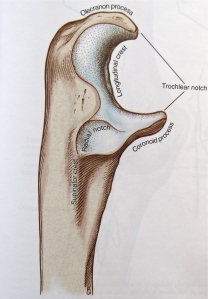


Supination and Pronation
So, we’ve seen that the ulna’s grip on the humerus gives the elbow strength and makes bending and straightening at the elbow possible.
However, the usual movements of the elbow-forearm unit typically involve more than simple flexion and extension. To be sure, with the tor yu for example, the elbows flex coming back and extend going out. But the forearms are also rotating without drawing the tips of the elbows in or out. And with the don yu, in addition to flexion and extension at the elbows, the palms turn up and down while the elbows remain quiet.
This added function of the elbow-forearm assembly is called supination-pronation. Rotation of the forearm while keeping the point of the elbow still and without disturbing the shoulder joint. Some examples from our practice: the first arm foundation exercise, « offering tea » as you send out the hand in Parting Wild Horses Mane, holding the ball in all its versions in the set, and Wave Hands Like Clouds.
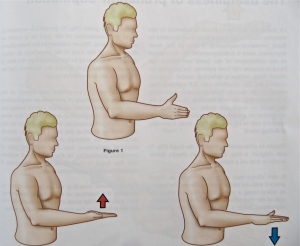
Given its grip on the humerus, the ulna cannot perform this function. Any turn it makes perturbs the tip of the elbow, draws the upper arm towards or away from the body and disturbs the shoulder joint. The solution: add a radius to the forearm. Let’s see how that permits rotation.
As we saw in figure 3 above, the upper end or head of the radius is small and round and makes little structural contribution to the elbow. It is beautifully designed, though, for rotation about both the capitulum of the humerus (the humero-radial joint) and the upper ulna (the proximal radio-ulnar joint).
Meanwhile, the distal end of the radius is enlarged both front to back and side to side so that it may connect strongly with the first row of wrist (carpal) bones. In addition, it rotates about the smaller lower ulna at the distal radio-ulnar joint. Notice how the lower end of the ulna makes no direct contact with the wrist bones; instead, it is separated from them by a mesh of soft tissue and cartilage.
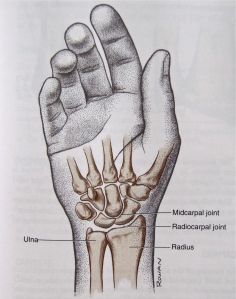
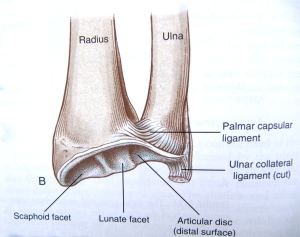
So, in review, we have:
- an ulna that is large and strong at its upper end, fixed to the humerus, and built for bending and straightening the elbow
- a radius that is sturdy and enlarged at the lower end and attached to the wrist bones
- joints between each end of the radius and ulna, the proximal and distal radio-ulnar joints, designed to turn the palm up or down.
With this in mind, we can see how the radius and wrist represent the distal segment of the elbow-forearm complex. Together, they rotate around a fixed proximal segment made up of humerus and ulna. With the palm up, the radius and ulna lie parallel. As we turn the palm down, the radius, wrist and hand cross over the ulna to form an X. They do this without interfering with the elbow because the humerus and ulna are not obliged to turn.
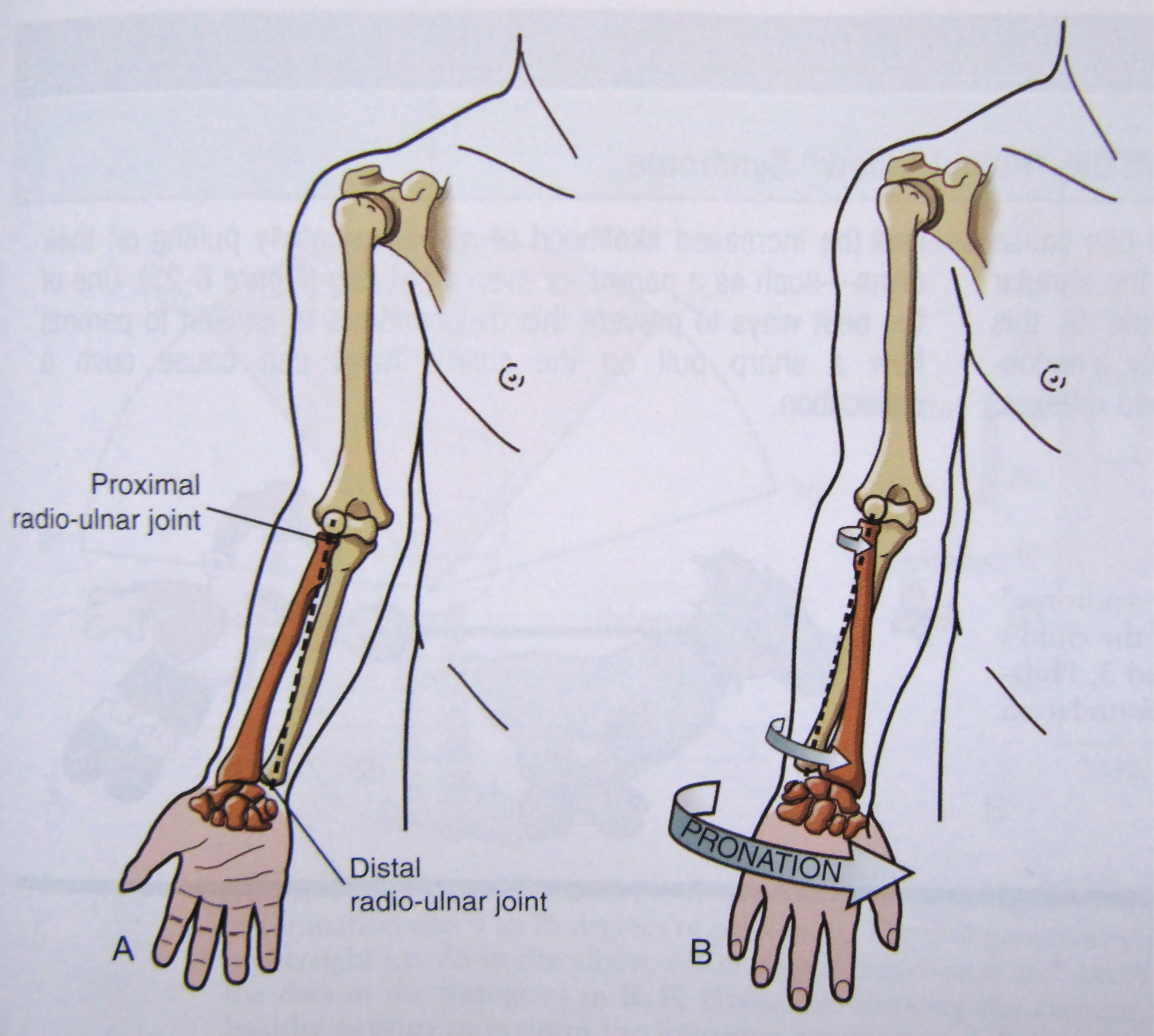
Bit by bit, as we practice the Taoist Tai Chi® arts, we learn how to invite each element of the body to play its proper role in what is always whole body movement. Rotating the forearm with the elbow down engages the tissues of the upper limb yet leaves the shoulder quiet. This, in turn, allows a more balanced turn of the torso.
We can feel this happening as we play at the tai chi. Understanding why it works this way comes as we study some of the ties that bind the upper limb and body together. More on this next time.
1. Kinesiology of the Musculoskeletal System, 2nd Edition, 2010, Donald A. Neumann, Mosby Elsevier, ISBN 978-0-323-03989-5
2. The Physiology of the Joints, Volume One, 6th Edition, 2007, A.I. Kapandji, Churchill Livingstone Elsevier, ISBN-13: 9780443103506
3. Trail Guide to the Body, 3rd Edition, 2005, Andrew Biel, Books of discovery, ISBN 0-9658534-5-4
4. Atlas of Human Anatomy, 4th Edition, 2006, Frank H. Netter, Saunders Elsevier, ISBN-13: 978-1-4160-3385-1
